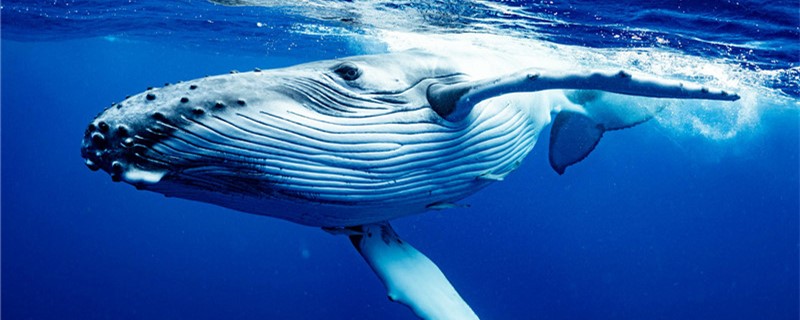
Although whales are mammals, they have the same streamlined body structure as fish, and their forelimbs can be used as paddles, which makes them as comfortable as fish in the water and can dive deeper below the surface. But how deep they can dive depends on the specific species, and different species of whales vary greatly, and the depth they can dive is also different. For example, small toothed whales dive to depths of 100-300 meters; Fin whales can dive to depths of 300 to 500 meters; Sperm whales can dive even deeper, up to kilometers below the surface, one of the deepest dives of all whales.
However, no matter how deep a whale can dive to the surface, they cannot stay submerged all the time, because they breathe with their lungs and need to come to the surface to be able to breathe. After one breath, they can submerge again. Some species of whales can not breathe for a long time in the water, such as sperm whales can not breathe for up to two hours after a breath, which is the main reason why they can dive deeper. But some species need to breathe frequently, such as small toothed whales, which have to breathe every five minutes or so, so they can not dive too deep.
Whales need to withstand the pressure of water in the water, and the deeper they go into the water, the greater the pressure. Whales are able to withstand the pressure of deep water as a result of evolution, and their body structure makes them able to withstand it. The joints of the ribs, sternum and vertebrae of whales are very loose, and their thorax is relatively soft. As they go deeper in the water, their chests contract and their lungs contract due to the pressure of the water. After reaching a certain depth, the lung will be completely contracted and there will be no gas exchange. At this time, the air in their lungs can enter their trachea and bronchus.